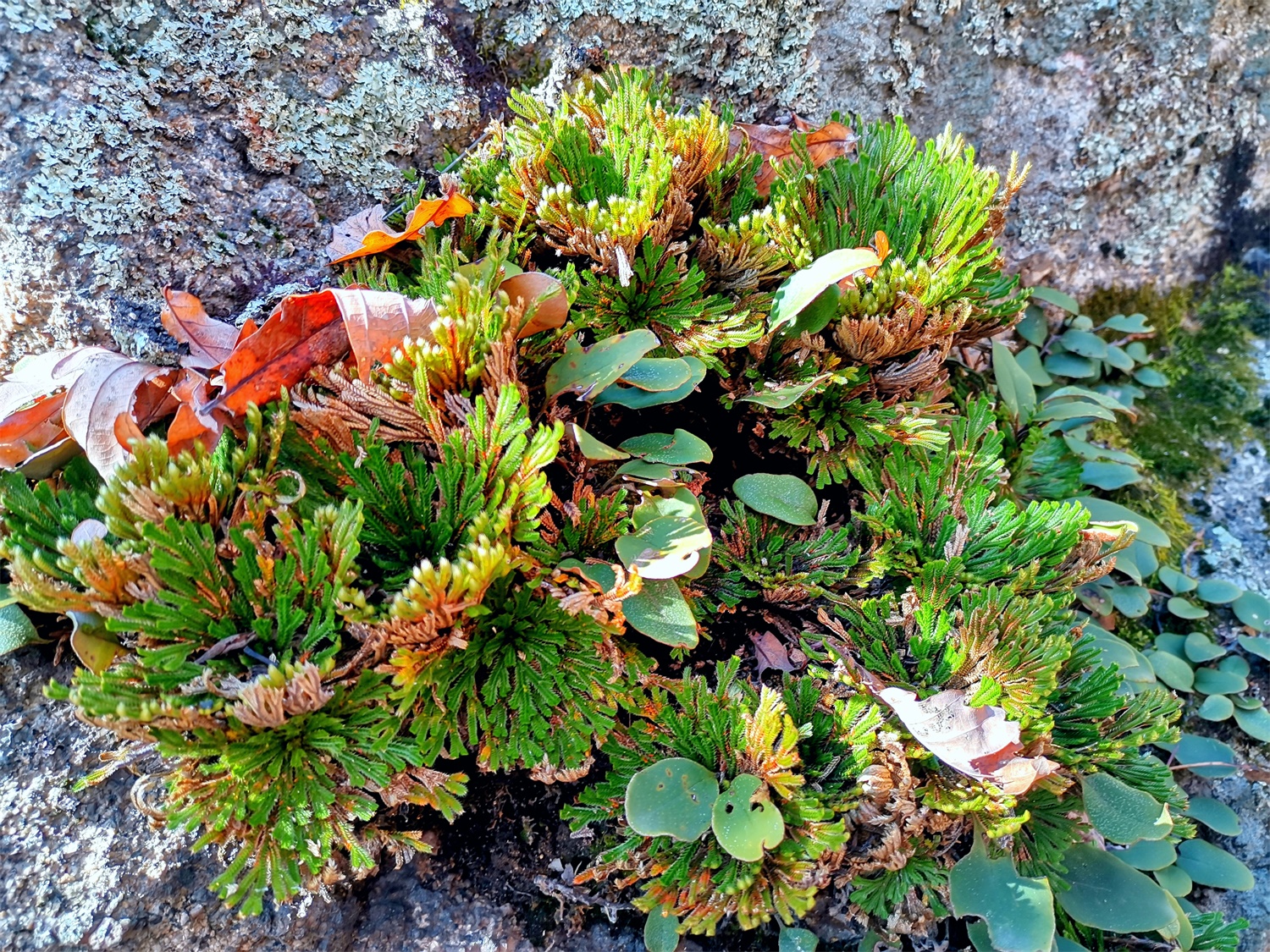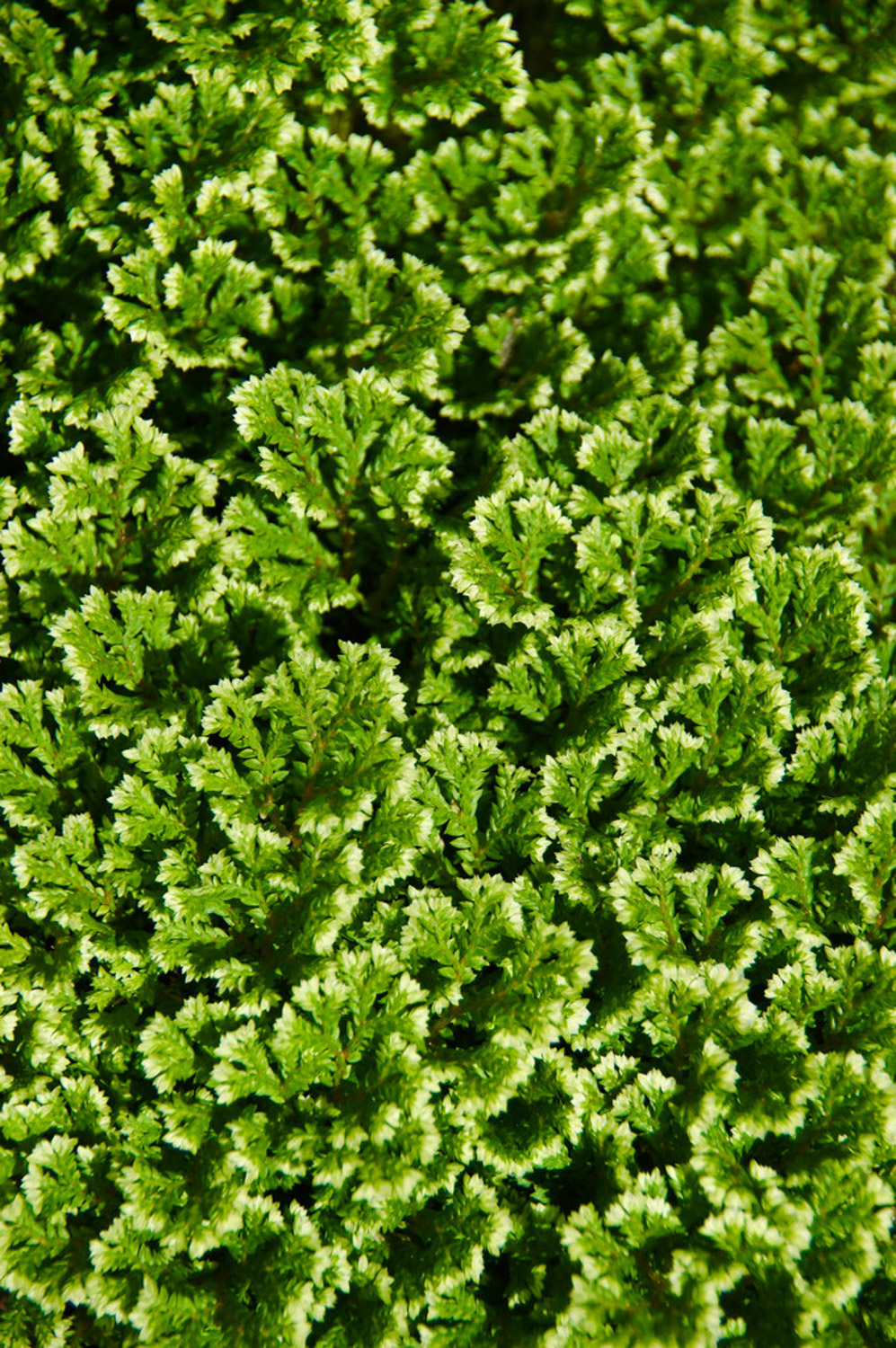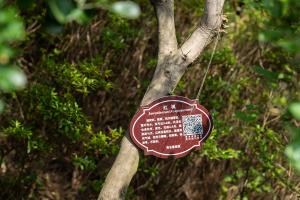Breeding method
Soil
For culturing Selaginella, the basin soil needs to be loose and well drained soil. Sandy soil is better, or you can mix and configure some soil yourself
Light and temperature
Selaginella Selaginella has strong vitality. It likes a warm environment. The appropriate temperature for growth is about 20 ℃, and it should not be lower than 0 ℃ in winter
Selaginella Selaginella likes a semi shady growth environment. Generally, for pot culture, it should be placed in a wet place without direct light
Water and fertilizer
Selaginella Selaginella can resist drought, but it needs a lot of watering during its growth to keep the basin moist. Because it likes humidity, it needs to be sprayed with water frequently, but be careful not to use cold water
Fertilization for Selaginella is usually once every half a month

Precautions
Change Basin
When cultivating Selaginella, you need to change the basin. Generally, you can choose the shallow basin. The time of changing the basin is in spring. If the basin is not changed, the soil should also be changed
Diseases and insect pests
Cultivated Selaginella Selaginella often has diseases and insect pests, such as leaf spot, anthrax and so on, which are extremely harmful and affect the growth of plants. The insect pests are mainly brown soft scale, and the harm is also great
Generally, in case of diseases and pests of Selaginella, timely measures shall be taken to prevent and control them. The diseased branches and leaves should be removed in time. The pests should be treated manually first, or sprinkled with some medicine to kill the insects


 jackfruit
jackfruit snake plant
snake plant hibiscus
hibiscus hydrangea
hydrangea lavender
lavender Green roses climb al...
Green roses climb al... If you don't pay att...
If you don't pay att... Management of four g...
Management of four g...
































